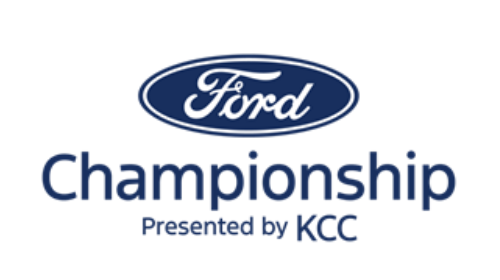Take a golf ball and place it on a level surface. Now take a seven iron and lay it behind the ball as if you are setting up to play a shot. You will quickly notice; the ball and the grooved surface of the face don’t really line up. The clubface is pointing slightly up and doesn’t appear ready to hit the ball squarely. Now start to angle the shaft of the club toward the target. Continue leaning the shaft forward until the face meets the back of the golf ball squarely.
This simple demonstration teaches us a valuable lesson. A golfer cannot strike the ball properly unless the shaft of the club is slightly ahead of the ball at the moment of impact. This applies to all shots on the ground. Keep going through that demonstration until you get a very solid feel for how far in front that shaft should be. Once you have a better appreciation of that impact position, you can show your junior golfer.
Kids are tremendously fast learners. It will be best to go through this demonstration at the practice range. Once they get a feel for the lesson, hitting some shots should soon follow. Get down on one knee across from your son or daughter and recreate the feeling of leaning the shaft forward and getting the clubface to meet the ball. Describe what you are doing as you demonstrate it. This step is extremely important because in doing so, you will cover all three types of learning: audio, visual and kinesthetic (movement).
After a couple of rehearsals, unleash your golfer on the ball. Make sure you provide positive feedback for each swing. Stay away from the terms wrong, no, bad or mistake. Use positive reinforcement to encourage them. If they haven’t performed the correct motion, point out one aspect they did do correctly. Keep training them to understand where the handle belongs when they strike the ball.
Here’s where Part 1 of this series comes into play. PGA Coaches know the easiest way to get that handle far enough ahead is by swinging freely and through to a full finish. Both lessons work together creating crisp contact and less ball anxiety. Ball anxiety comes from worrying about not only where the ball will go, but even more scary can be the fear of hitting it!
Getting junior golfers to feel impact with their hands past the ball will set them on a very successful path in golf. One they can always return to. The basics of swimming or balance on a bicycle are very similar. If a child can balance themselves on a bike, they will always be able to ride. The same is true about making contact in golf. Once your junior golfer feels a good solid hit, they will always be able to call upon that sensation even after long breaks from the game.
Continue to monitor their progress each practice session or on course experience with them. Always reinforce their work with positive messages. Make practice time fun. Create different games, establish different targets. Challenge your son or daughter to hit it higher or lower, left and right. The more you watch their form, and they focus on function, the quicker they will learn and more importantly love the game.
























